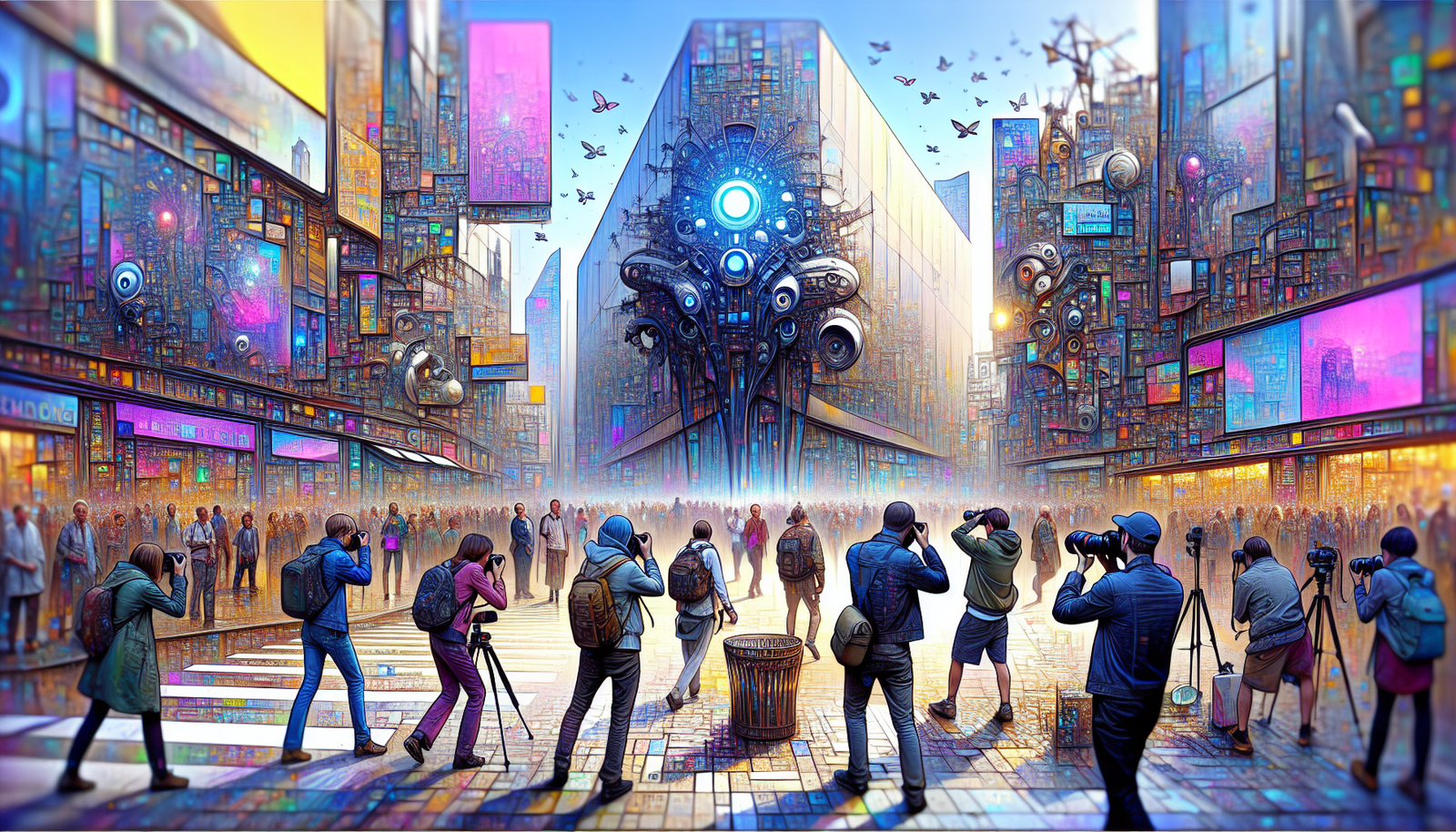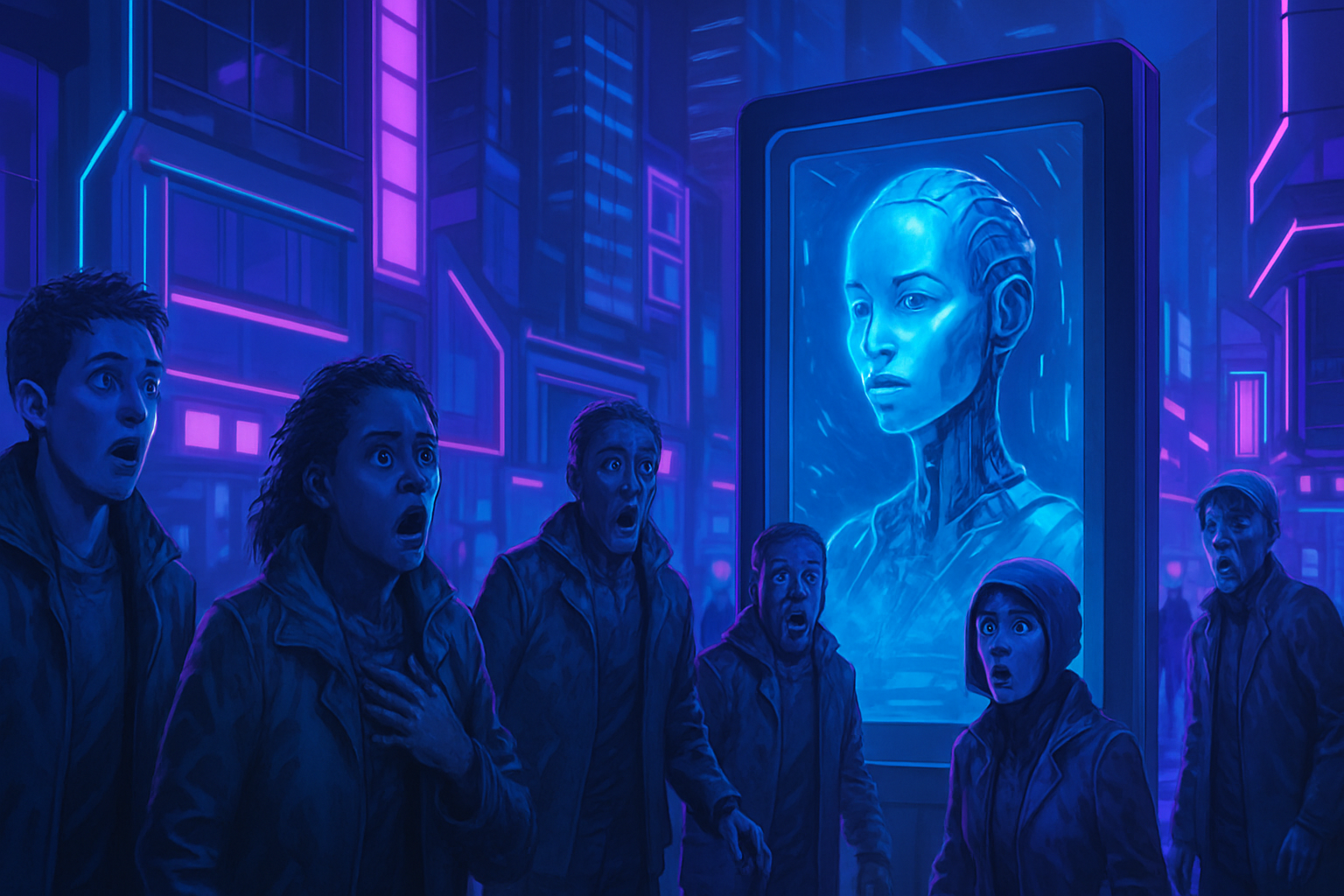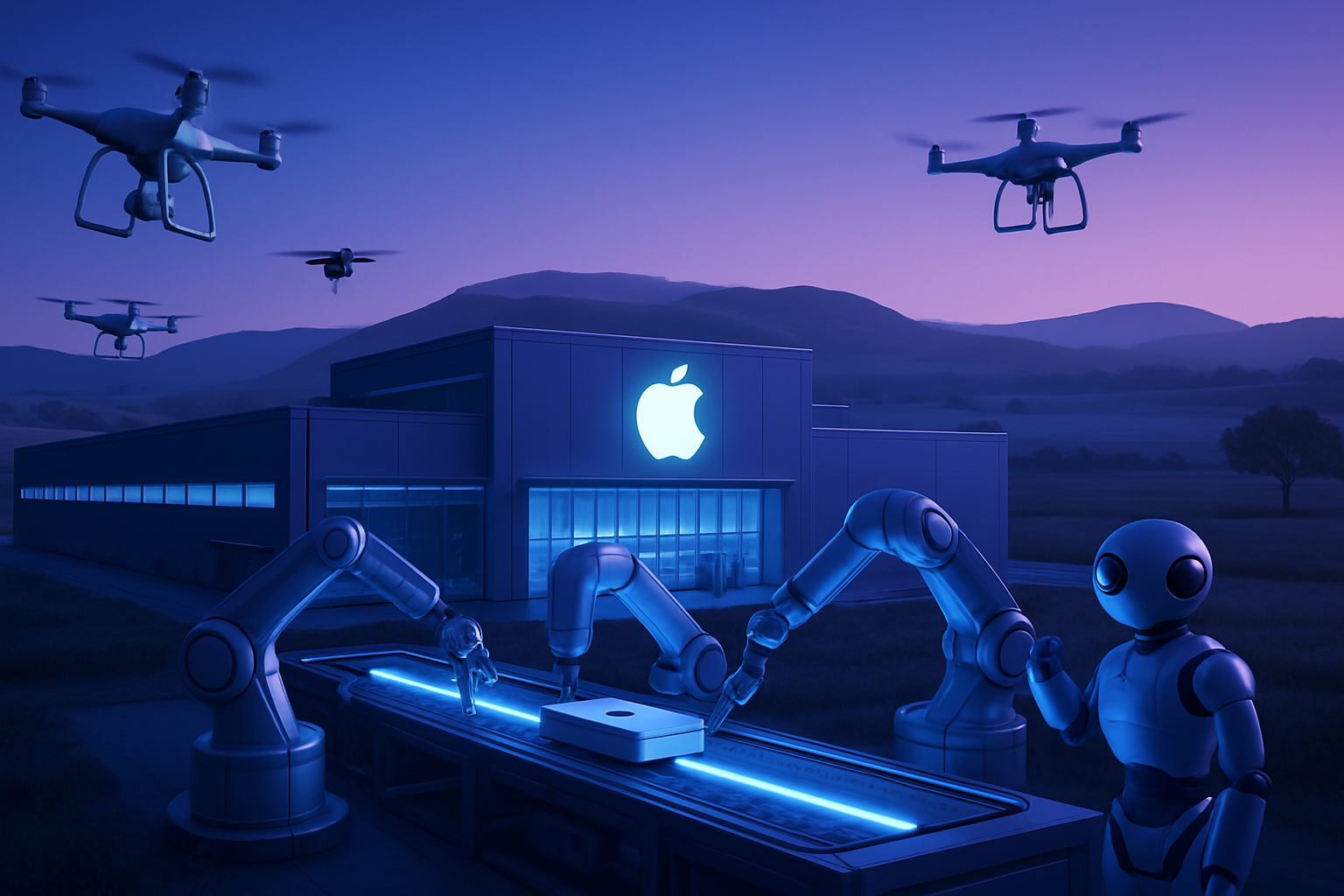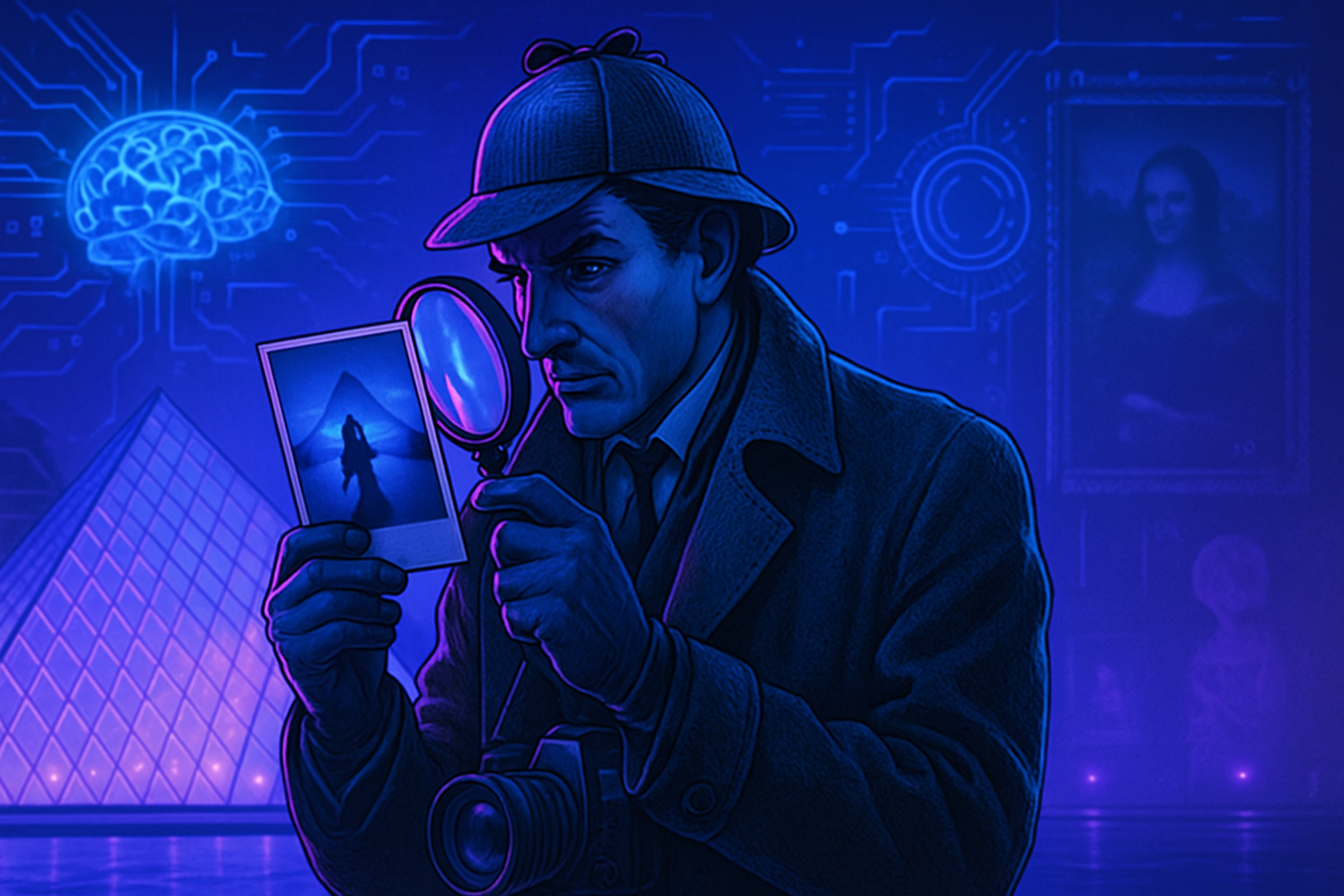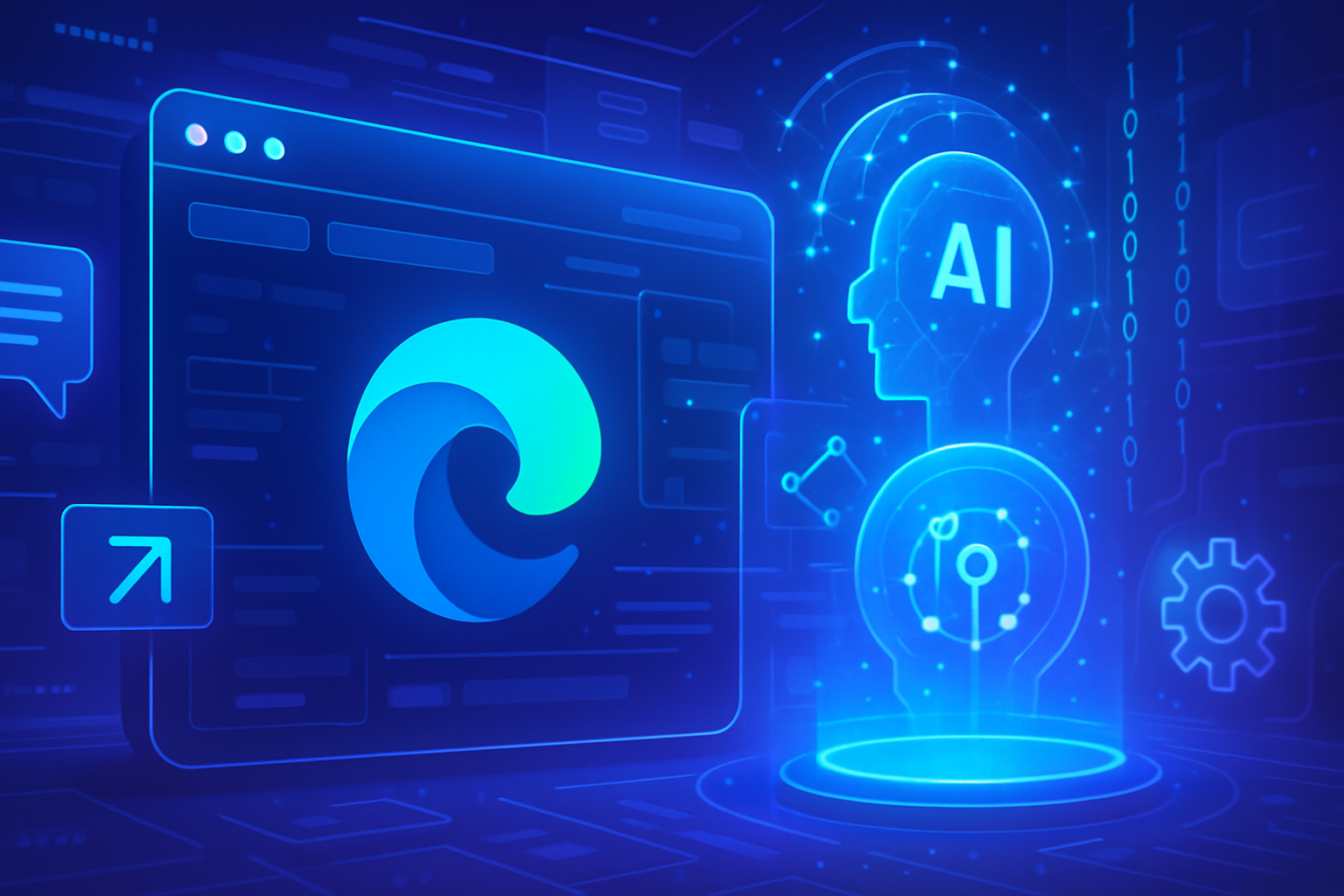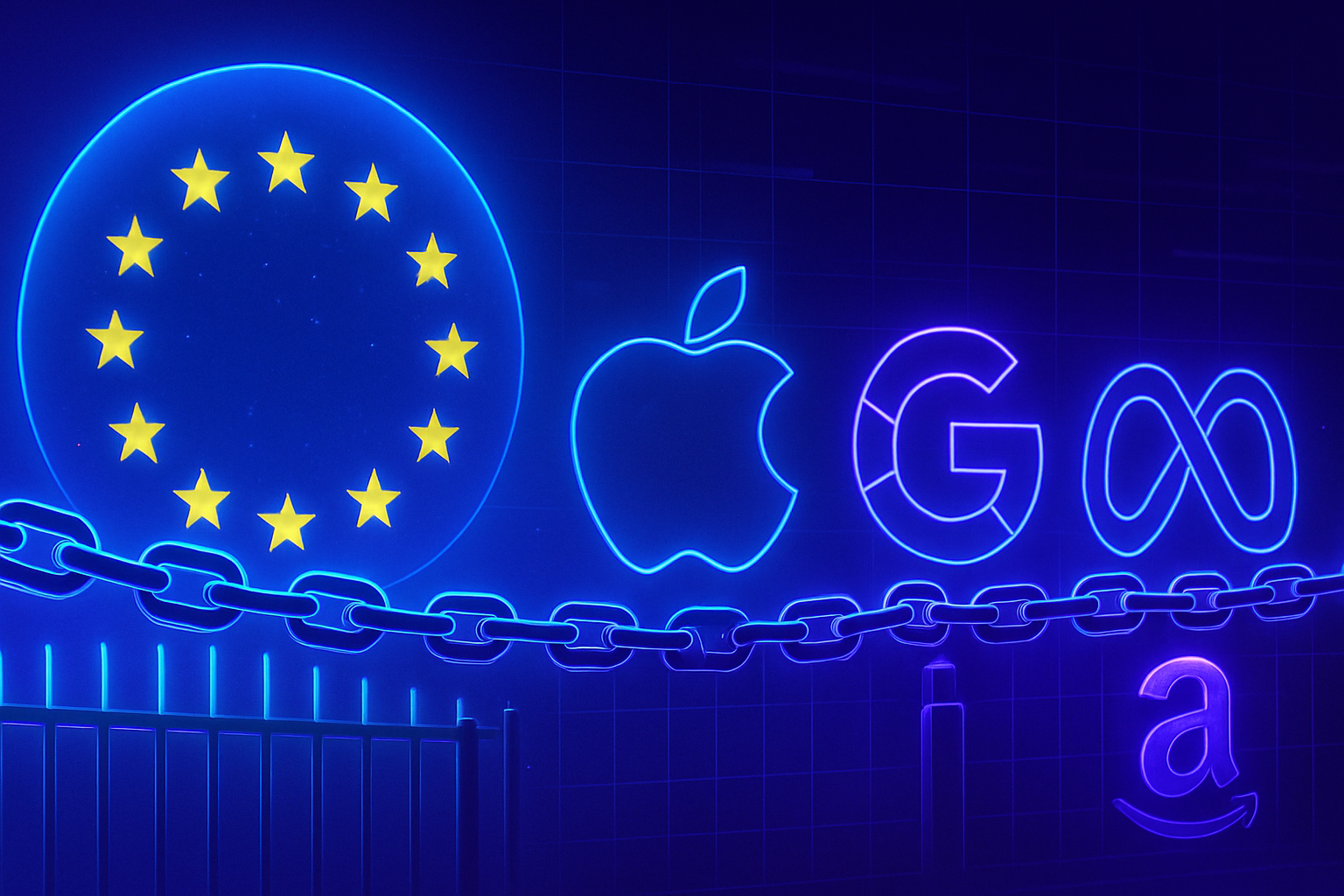In Brussels, the relationship between art and artificial intelligence is reshaping contemporary photography. Artists are questioning the nature of reality and the implications of artificial creativity. By cultivating the hybridity of their works, these photographers are reinventing visual narratives that challenge established conventions. This phenomenon, both fascinating and intriguing, generates discussions about authenticity and the role of memory in the face of new technologies. Through a myriad of artistic expressions, these creators redefine our perception of the world through the prism of digital chimera.
A bold exhibition at the Hangar
The Hangar, a photographic art center in Brussels, is currently hosting the exhibition “Almagine”. This exhibition, co-curated by Michel Poivert, a photography historian, and his team, highlights the fusion between photography and artificial intelligence. Eighteen artists are presenting their works, examining the impact of these new technologies on the photographic medium.
Artists facing the mysteries of memory
Creators confront *digital chimera* by revisiting archive photographs. AI is not only used to reproduce images but connects to Walter Benjamin, who discusses collective memory, thus allowing artists to consider reconstructions of forgotten past narratives. The technique transforms into an instrument for questioning historical truths.
Evocation of past traumas
Among the standout works, “Silent Hero” by Alexey Yurenev deserves attention. He uses AI to generate faces from family archives, revealing hidden scenes from history. The artist fed the AI with 35,000 photos from World War II, producing hybrid faces that seem to speak of the sufferings endured. These grotesque and almost dreamlike images evoke human experiences and repressed traumas.
The reflection of an ambivalent technology
The creations presented question both the nature of artistic creation and that of authenticity. Artists are reflecting on the loss of control in the face of a technology that redefines the contours of the work. AI, far from being a mere tool, appears as a participant that shapes the visual narrative itself.
Ethical questions surrounding AI
The issues of intellectual property and misinformation also arise in these discussions. Photojournalism, in particular, faces these contemporary challenges. Works generated by algorithms raise concerns about the veracity of the information presented, blurring the distinctions between reality and fiction.
Public reactions
The audience visiting the exhibition confronts often unsettling projections. Visitors, understanding this ambiguity, question the future of the photographic medium in a world where AI seems capable of hyper-realizing images. Debates surrounding the interaction between humans and machines are multiplying, offering rich perspectives.
Future perspectives: towards a new horizon
In the face of these technological evolutions, Brussels artists are inventing new visual languages. They are breaking free from usual conventions and reinventing forms of expression directly related to contemporary issues. Ongoing projects, such as exploring deep fakes, show that creativity can be a response to these growing concerns.
A continuous evolution of the artistic landscape
The PhotoBrussels festival, scheduled for 2025, promises to deepen these debates. The invited artists will have the opportunity to further explore the influence of AI on the authenticity of photographic art. A tradition of inquiry nourishing the reflection on what it truly means to be an artist in an increasingly digitalized world.
Frequently asked questions
What is the importance of artificial intelligence in contemporary photography in Brussels?
Artificial intelligence enables photographers to push the limits of their creativity by generating images that break traditional norms and providing new perspectives on memory and visual representation.
What exhibitions highlight the use of AI by Brussels photographers?
Exhibitions such as “Almagine” at the Hangar and contributions to the PhotoBrussels Festival showcase the works of artists who integrate artificial intelligence to explore concepts such as rewriting the past and creating new realities.
How does AI influence the perception of photographic images?
Works generated by AI question our understanding of reality, playing on the blur between fiction and truth, and prompting debates about authenticity and image manipulation.
What ethical challenges are raised by the use of AI in photography?
The main challenges include copyright issues, fears of misinformation, and concerns about reducing photographic art to mere algorithms devoid of human emotion.
Who are the Brussels artists-photographers participating in this exploration of AI?
Artists like Alexey Yurenev and Pascal Sgro use AI to propose innovative works that reimagine archives and explore visual narratives related to memory and the horrors of war.
How do artists use AI to address historical themes in their work?
Artists collect and transmit historical data to AI algorithms, allowing them to generate images that evoke hidden or repressed memories, thus redefining our understanding of history.
Are artistic projects integrating AI accessible to the general public in Brussels?
Yes, many exhibitions and events such as the PhotoBrussels Festival allow the public to discover how AI is transforming photographic practice and to engage in dialogue with artists.
In what ways does AI-generated photography differ from traditional photography?
AI-generated photography does not rely on a direct capture of reality but on algorithms that synthesize images from vast data sets, thus offering a unique and often abstract interpretation of reality.
